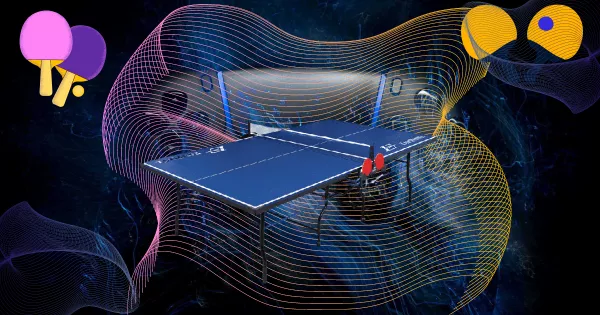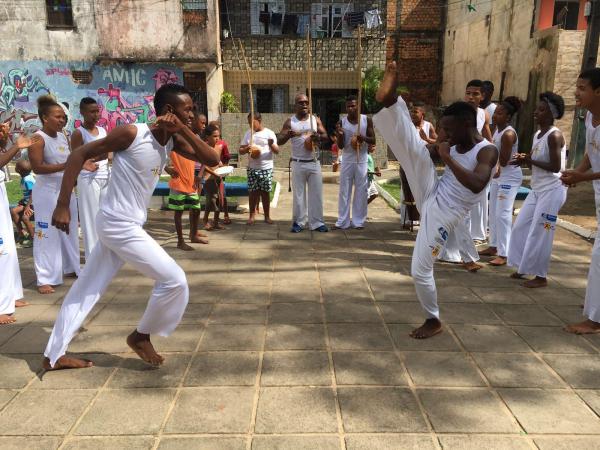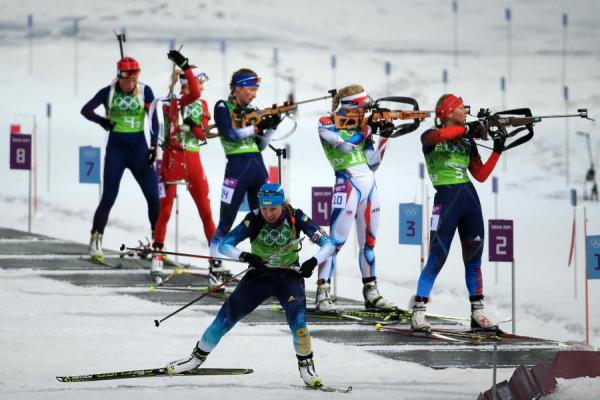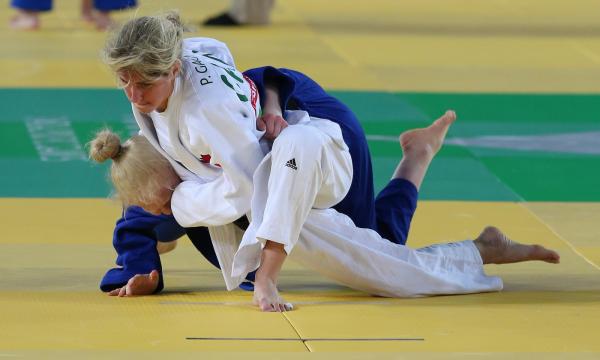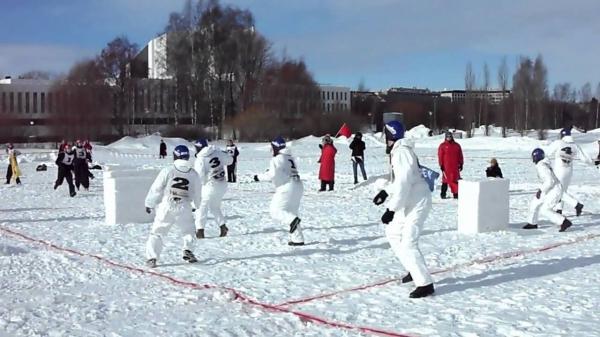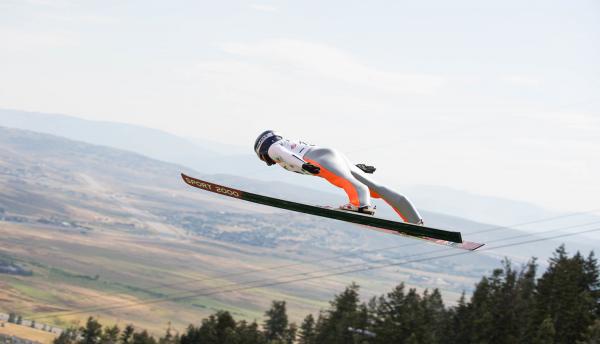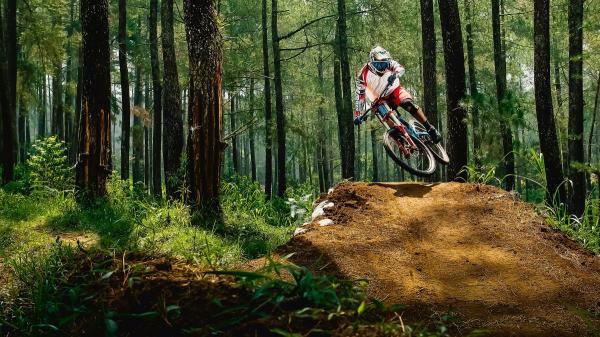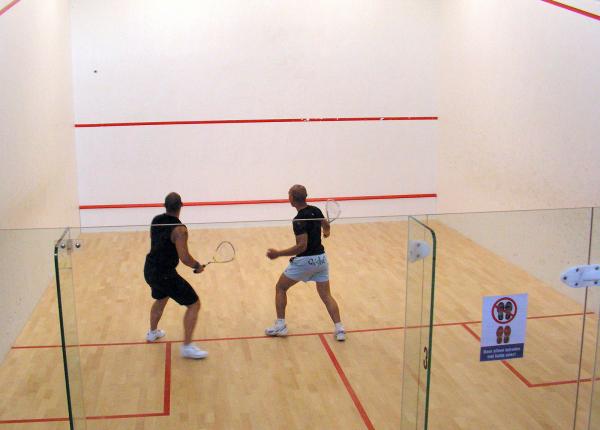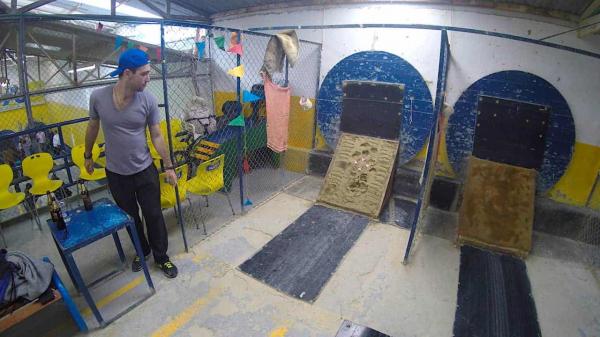Water Skiing
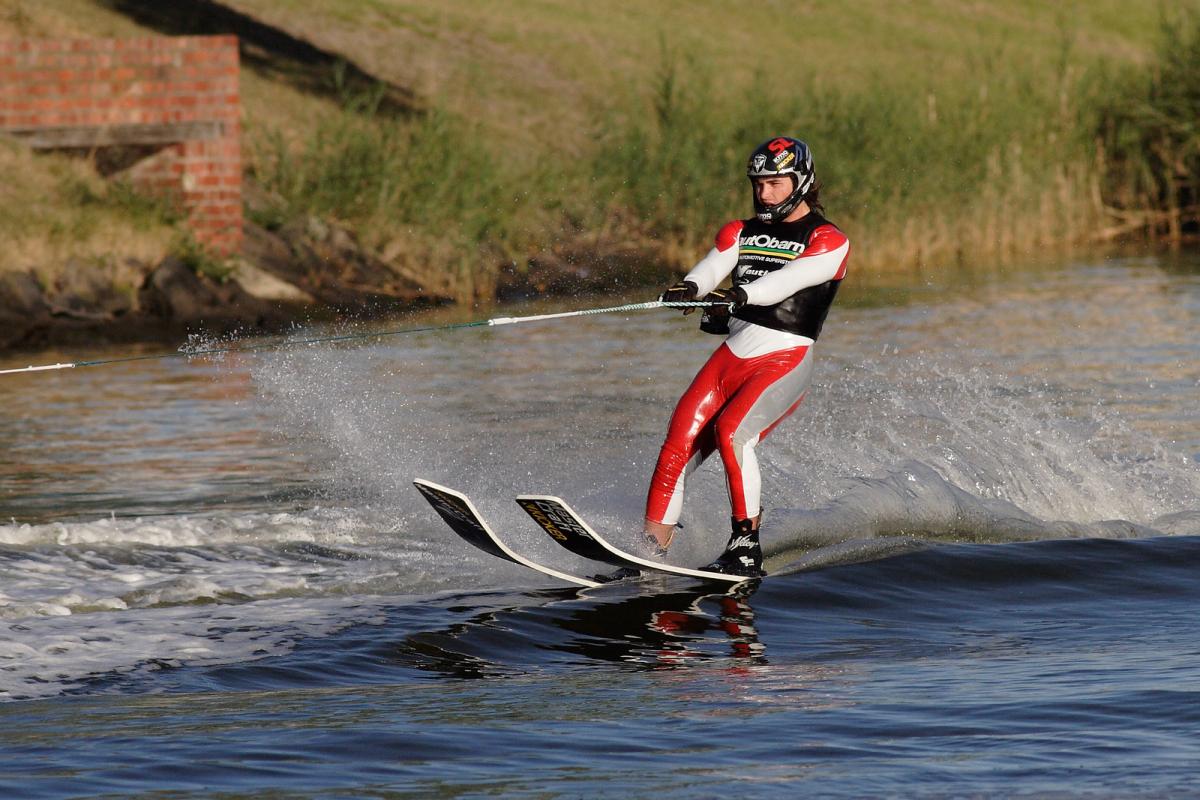
Waterskiing, planing over the surface of the water on broad skilike runners while being towed by a motorboat moving at least 24 km/hr (15 mph). The skier holds onto a handle on a rope attached to the rear of the boat and leans slightly backward. Water skis are made of wood, aluminum, fibreglass, or other materials. General-purpose skis are usually about 1.7 m (5.5 ft) long and about 15 cm (6 in) wide. Ski sizes increase for heavier skiers. Each ski has a stabilizing fin on the bottom near the heel. Tight-fitting rubber foot bindings stretch in case of a fall, releasing the skier’s feet without injury. For trick or figure waterskiing, skis are shorter than the regular skis and have no fins, permitting the skier to turn around completely during the performance of stunts. In competition, trick water-skiers are required to perform on both two skis and the monoski, on flat water and on the wake of a boat. Contestants are allowed to make two 20-second passes in front of the judges, performing as many slides and turns as they can execute in that time.




